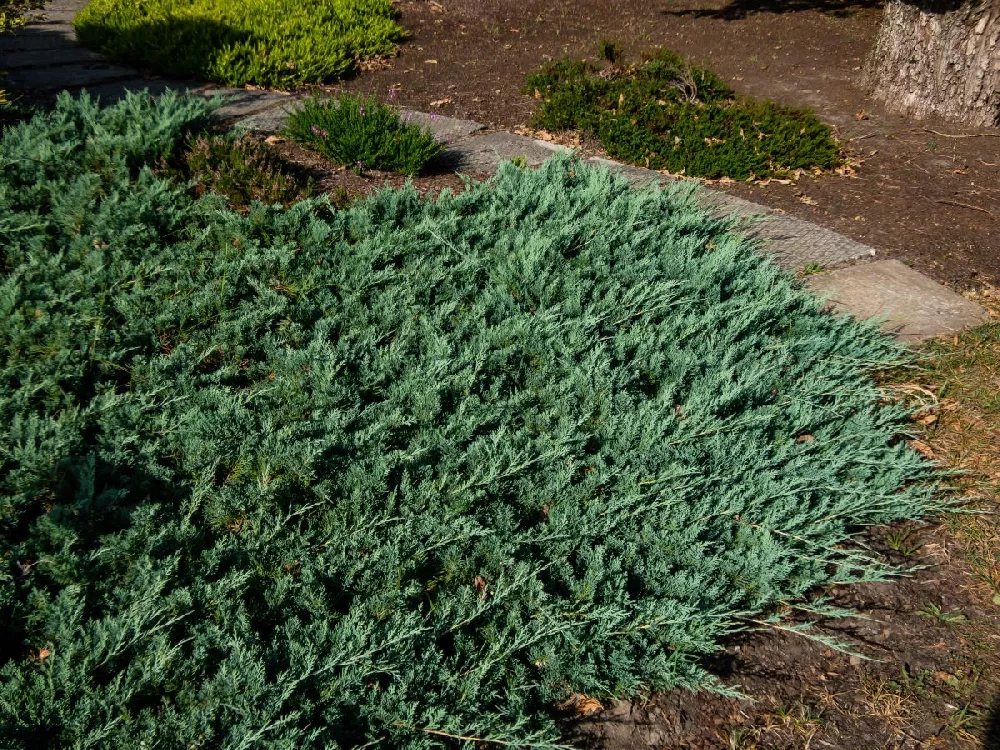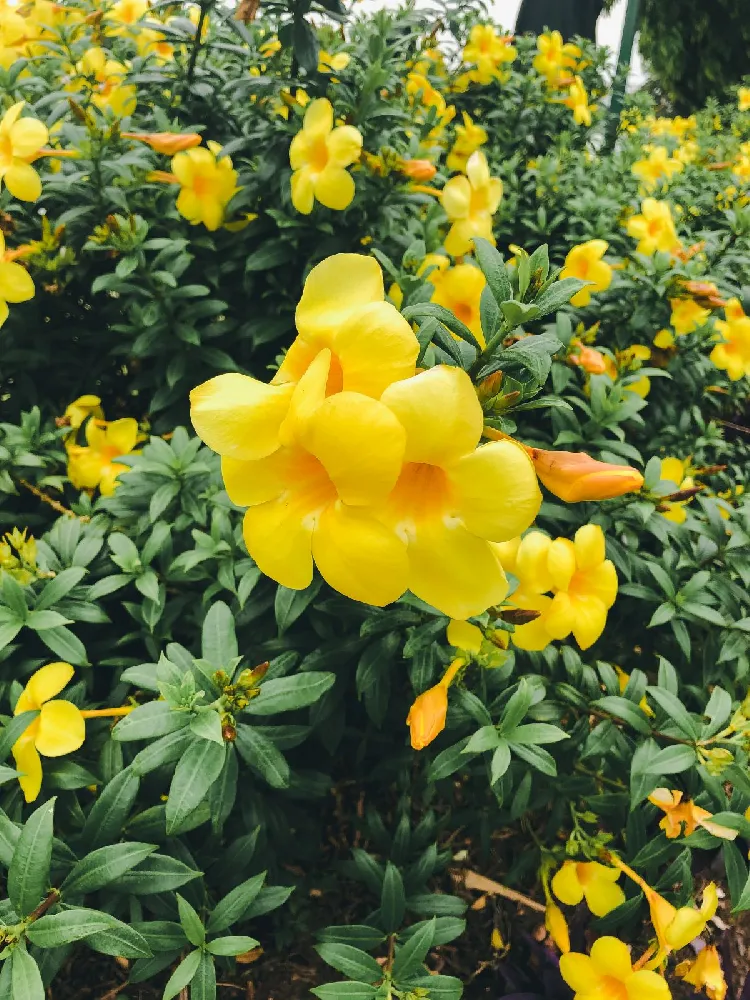- Home >
- Ground Cover Plants
Ground Cover Plants for Sale - Buying & Growing Guide
Filters
Price Range
Growing Zones
Plant Type
Flower Color
Sunlight
Mature Height
Plant Characteristics
23 Results
Ground Cover Plants – Buying & Growing Guide
The workhorses of the garden might just be groundcover plants. These sturdy, carefree plants cover awkward spaces, eliminate erosion, and provide color and texture where you’d least expect them. Shop groundcover plants for sun or shade and let them work their magic in your landscape.
Types of Groundcover Plants
| Type | Growing Zones | Mature Height | Sun | Features |
| Ajuga, Ajuga reptans | 4-10 | 3-12 inches | Partial sun to shade: 4 hours of direct light or less a day | Purple-blue flowers in late spring; much leaf color variety; easy to grow |
| English Ivy, Hedera helix | 3-11 | 1 foot (2-3 foot long vines) | Full sun to full shade | Evergreen vines; tolerates poor soil and drought; can be invasive unless pruned |
| Japanese Spurge, Pachysandra terminalis | 4-9 | 3-12 inches | Partial to full shade, 4 hours or less of direct light a day | Small white flowers; leathery evergreen leaves; tolerant of drought and poor soil |
| Creeping Phlox, Phlox subulata | 2-9 | 4-6 inches | Full sun, 6 hours or more of direct light a day | Pastel flowers in spring; cascades nicely over walls; pruning encourages blooms |
| Creeping Juniper, Juniperus horizontalis | 3-9 | 4-12 inches | Full sun, 6 hours or more of direct light a day | Insignificant flowers and berries; leaves are fragrant; good for hillsides; thrives on neglect |
| Lesser/Trailing Periwinkle, Vinca minor | 3-10 | 4-6 inches | Full sun to full shade | Blue-purple flowers; shiny evergreen leaves; long vining stems; deer resistant |
| Wintercreeper, Euonymus fortunei | 5-9 | 2-10 feet | Full to partial sun: 4 or more hours of direct light a day | Green or variegated evergreen foliage; can grow vertically along fences; toxic |
| Creeping Thyme, Thymus Serpyllum | 4-9 | 2-3 inches | Full sun, 6 hours or more of direct light a day | Small, fragrant leaves; pink or white flowers in early summer; great for edging pathways |
| Dead Nettle, Lamium maculatum | 3-8 | 4-8 inches | Partial to full shade, 4 hours or less of direct light a day | White to purple flowers; variegated leaves; good in poor soil |
| Dragon’s Blood Stonecrop, Sedum spurium | 4-9 | 4-6 inches | Full sun, 6 hours or more of direct light a day | Deep red flowers; evergreen leaves have scarlet borders; pest-free; deer resistant |
How to Plant Groundcover Plants
Although most plants like fertile, well-drained soil, many groundcovers are known for their ability to survive and even thrive in poor soil and less-than-ideal conditions. A few, like ajuga and lamium, can even tolerate near-total shade. Having said that, you’ll want to site your groundcovers in the best soil available, with the correct amount of light for that variety. Note that groundcovers are known for spreading, so take care when you plant small seedlings that you are leaving enough space between them for growth.
How to Grow Groundcover Plants
- When. Most perennial groundcovers are best planted in early to middle spring so they have the summer to grow and acclimate. You may also be able to plant them in the fall before the ground freezes.
- Where. Plant groundcovers where you have a significant space you’d like to fill. They are especially suited to sloping areas where they help control water flow, and some, such as creeping phlox, look great when planted so that they grow up and over a stone or brick wall.
- How. Dig a hole that’s as deep as your seedling’s root ball and twice as wide. Allow space for the plant’s mature size. Place in the hole, and fill in around it with soil that’s been mixed with well-rotted compost or manure. Water thoroughly, and mulch around the plant’s root zone with an organic material like bark chips.
How to Care for Groundcover Plants
- Watering and nutrients. Although most groundcovers are low-maintenance, you should give newly-planted groundcovers about an inch of water until they are established and growing robustly. The plants will appreciate a spring feeding with a slow-release, balanced fertilizer applied around the root zone.
- Pruning. Groundcovers mainly need pruning if they begin to encroach on neighboring beds. Since they are designed to spread out and cover an area, this is not uncommon, but is easily dealt with by trimming back the unwanted growth.
- Pollination. Since groundcovers are not grown for their fruit or berries, pollination is secondary. Many of them, however, such as creeping thyme, are pollinator magnets that will draw honeybees and other pollinating insects.















